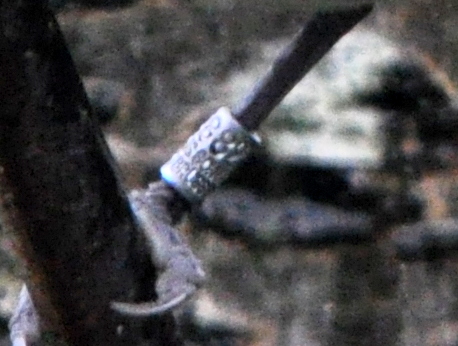They remove the skin of the sunflower heart before breaking it into smaller pieces and eating it. If they drop the seed or any part of it during this process they simply take another if they are at a suspended feeder. If they are feeding on a bird table, like this bird, there is a chance they will finish off a seed they have dropped but they often just start again with a fresh seed.
I still haven't seen any summer visitors yet but with migration starting to pick up on the south coast I shouldn't have much longer to wait.
|




























































